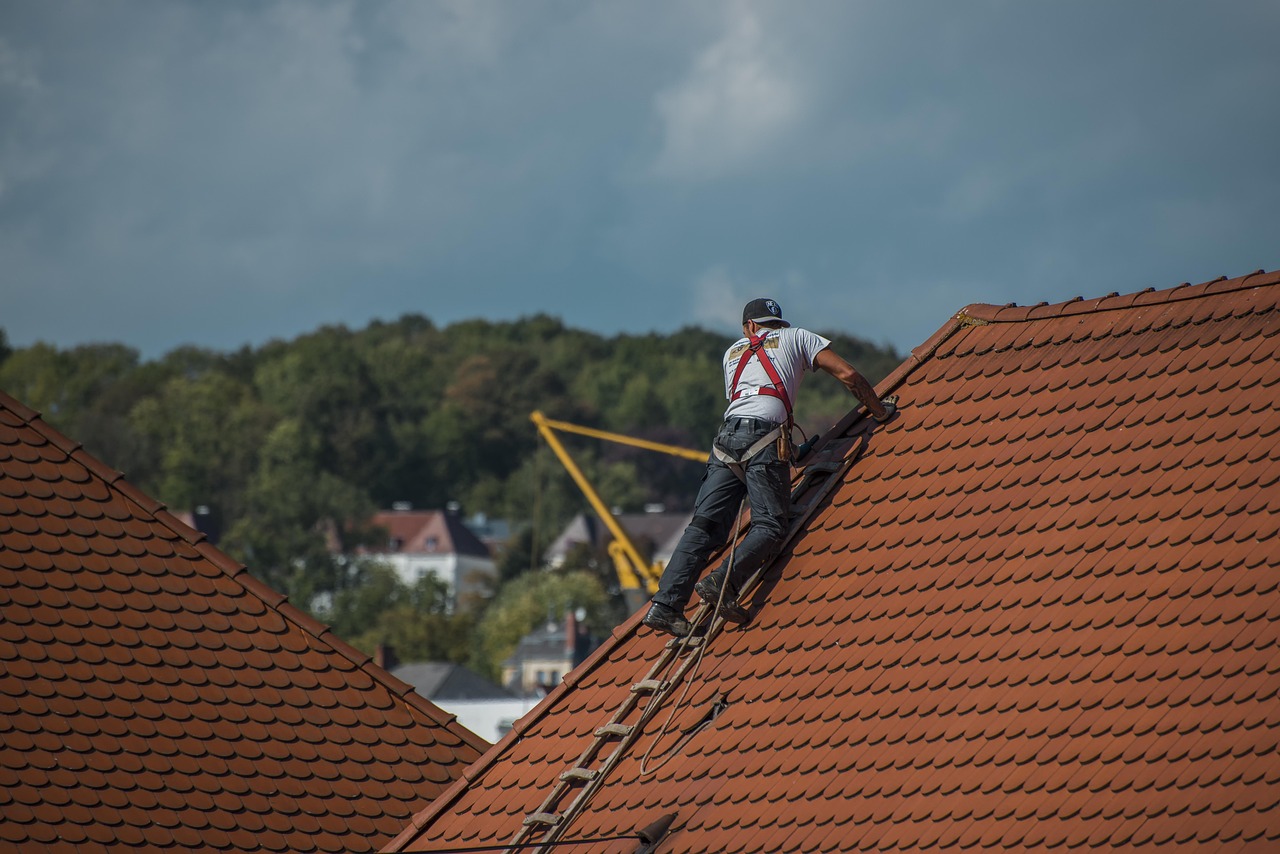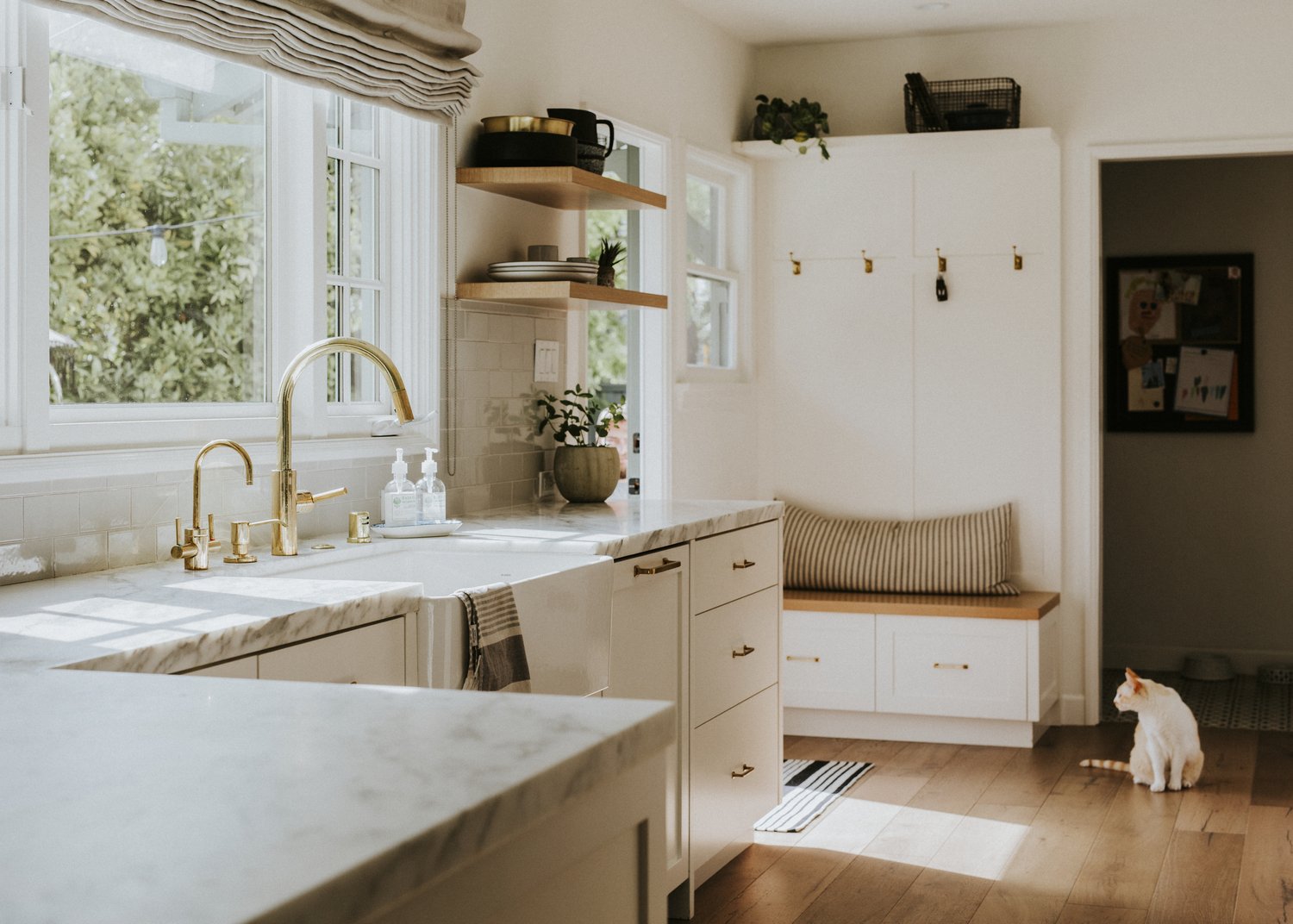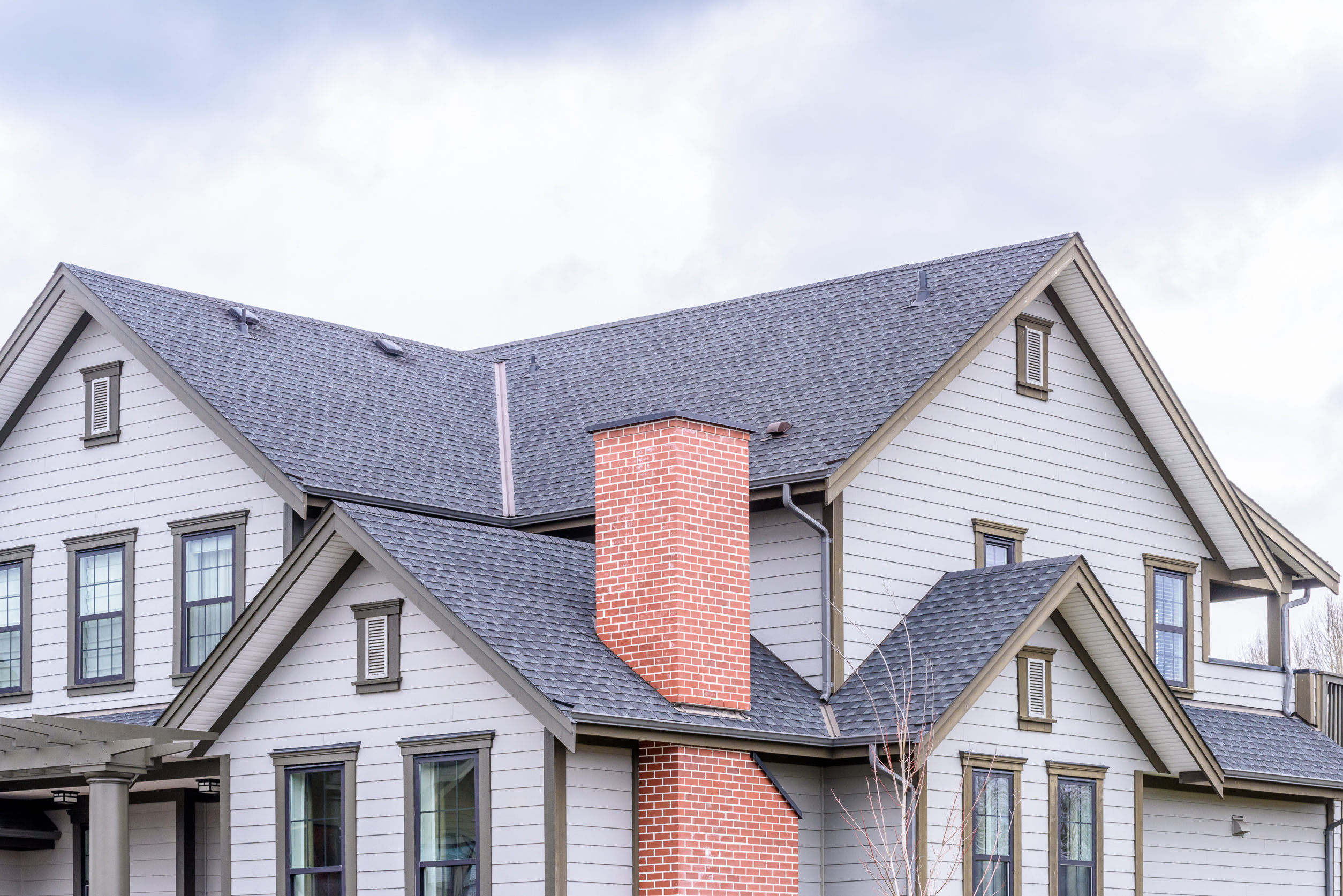Your roof serves as your home’s first line of defense against the elements, but eventually, every homeowner faces the dilemma of whether to repair or replace this crucial component. Making the right decision between roof repair and replacement can save you thousands of dollars while ensuring your home remains adequately protected. This comprehensive roof repair vs replacement guide will help you evaluate key factors, including the extent of damage, your roof’s age, and comparative costs, to determine if localized repairs are sufficient or if a complete roof replacement represents the wiser long-term investment.
Assessing Your Roof’s Condition
Before deciding when to repair or replace a roof, you must accurately assess its current condition. Minor issues like missing shingles or a small leak might only require targeted repairs. Look for signs of water damage on your ceiling or in your attic, which could indicate the need to patch a roof leak. Granules collecting in gutters, curled or buckled shingles, and visible sagging are more serious concerns that might point toward replacement. Professional roofers can thoroughly inspect to identify hidden damage that might not be obvious to the untrained eye. Many homeowners use AskHomey to find qualified roofing contractors who can provide honest assessments without pushing unnecessary work.
The Age Factor
Your roof’s age is crucial in the repair versus replacement decision. Most asphalt shingle roofs last between 0 and 25 years, while metal, tile, and slate options can last significantly longer. If your roof is approaching the end of its expected lifespan, investing in complete replacement often makes more financial sense than continuing to make repairs. For instance, when a 22-year-old asphalt shingle roof develops a leak, addressing just that one cost roof repair section might solve the immediate problem, but other areas will likely fail soon afterward. In such cases, putting your money toward a new roof provides better long-term value and peace of mind.
Extent of Damage: When Partial Repairs Make Sense
Sometimes damage is confined to a specific area of your roof, making partial repairs a logical choice. If strong winds have damaged one section of shingles but the remainder of the roof remains in good condition, there’s no need for complete replacement. Similarly, if you need to patch a roof leak that resulted from a fallen branch or other isolated incident, a targeted repair can resolve the issue effectively. The key consideration is whether the problem is localized or symptomatic of more widespread deterioration. A good rule of thumb is that if less than 30% of your roof is damaged and the rest remains in good condition, repair is typically the more cost-effective option.
Cost Comparisons and Long-Term Value
When weighing the roof repair cost against full replacement expenses, consider both immediate outlays and long-term implications. While repairs almost always cost less upfront—typically ranging from $300 to $1,500 depending on the issue, may not provide the best value over time. A new roof represents a significant investment, with national averages ranging from $5,500 to $11,000 for standard asphalt shingles on a moderate-sized home. However, replacing an aging roof can increase your home’s value, improve energy efficiency, and eliminate the need for continual repairs. If you’ve already made multiple repairs in recent years, the cumulative costs may approach what you would have spent on replacement, making the latter the more sensible financial decision.
Energy Efficiency and Modern Materials
Today’s roofing materials significantly improve energy efficiency compared to products installed 15-20 years ago. When deciding whether to repair or replace, consider how a new roof might reduce your heating and cooling costs. Modern reflective shingles can decrease attic temperatures by up to 30 degrees in summer months, potentially reducing cooling costs by up to 15%. Suppose your current roof lacks proper ventilation or uses outdated materials. In that case, a complete replacement provides the opportunity to upgrade to more efficient options that could offset a portion of the replacement cost through energy savings over the roof’s lifetime.
Making Your Decision
The roof repair vs replacement decision ultimately comes down to balancing immediate needs with long-term considerations. For newer roofs with limited, isolated damage, repairs make sense. For older roofs with widespread issues, replacement typically offers better value. Consider getting multiple professional opinions before making your final decision. Document all roof work for insurance purposes and future home sales, as proper maintenance records can increase your home’s marketability and potentially its resale value.
For more tips and to connect with reliable home service professionals, follow AskHomey on Facebook and Instagram.



